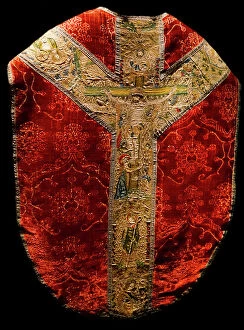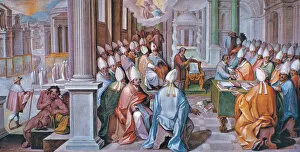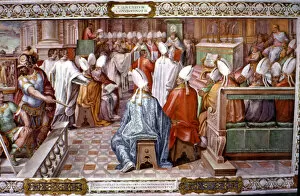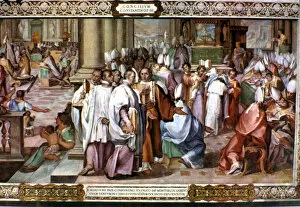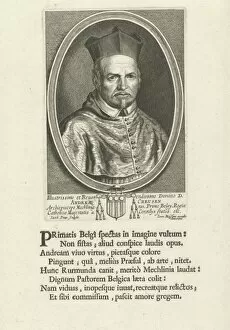Liturgical Vestments Collection
Liturgical vestments are more than just clothing worn by clergy during religious ceremonies - they are symbols of tradition, faith, and reverence
For sale as Licensed Images
Choose your image, Select your licence and Download the media
Liturgical vestments are more than just clothing worn by clergy during religious ceremonies - they are symbols of tradition, faith, and reverence. Each piece of the vestment holds a special meaning and significance, from the alb representing purity to the stole symbolizing authority. The vibrant colors and intricate designs of these garments serve as visual reminders of the sacredness of the rituals being performed. The history dates back centuries, with each garment evolving over time to reflect changes in religious practices and beliefs. From the simple tunics worn by early Christians to the elaborate robes seen in modern churches, these garments have always played a vital role in connecting worshippers to their faith. Whether it's a priest donning a chasuble for Mass or a bishop wearing a mitre for an ordination ceremony, liturgical vestments add an air of solemnity and grandeur to any religious service. They help create a sense of unity among believers and emphasize the importance of worshiping together as a community. So next time you see your pastor or priest dressed in their liturgical vestments, take a moment to appreciate not just the beauty of their attire but also the deep spiritual significance behind each piece. These garments are not just clothes - they are powerful symbols that connect us to our shared religious heritage and remind us of our commitment to God.


